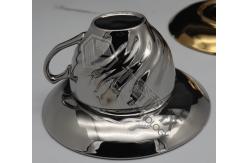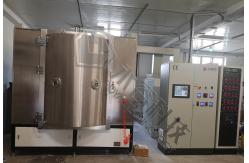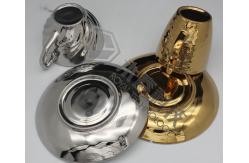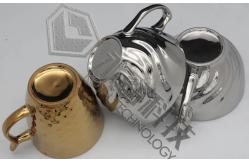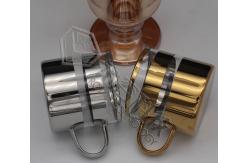Porcelain And Ceramicware Gold And Silver Coatings
|
|
Technical Advantages:
1.Strong adhesion
PVD (Physical Vapor Deposition) arc plating is a technique commonly used for coating ceramics with thin films of various metals or metal alloys. The PVD arc plating process involves the vaporization of the coating material using an electric arc discharge and the subsequent deposition of the metal vapor onto the ceramic surface. Here's how PVD arc plating is typically performed on ceramics:
Surface Preparation: The ceramic surface needs to be properly cleaned and prepared before the coating process. This involves removing any contaminants, oils, or oxides that may hinder the adhesion of the coating. The ceramic surface may be cleaned using solvents, ultrasonic baths, or other suitable methods.
PVD Arc Plating Chamber: The ceramic piece is placed inside a vacuum chamber specifically designed for PVD arc plating. The chamber is then evacuated to create a high vacuum environment.
Coating Material Selection: The choice of coating material depends on the desired properties and appearance of the final coated ceramic. Commonly used coating materials include metals like titanium, chromium, aluminum, or their alloys. The selected material is typically in the form of a solid target.
Arc Discharge and Vaporization: Once the chamber is under vacuum, an electric arc is generated between the solid target and the ceramic piece. This electric arc vaporizes the coating material, creating a plasma of metal vapor in the chamber.
Deposition onto Ceramic Surface: The metal vapor condenses onto the ceramic surface, forming a thin film. The vaporized metal atoms or ions travel from the target to the ceramic, where they adhere and create the coating layer. The distance between the target and the ceramic, as well as the angle of deposition, can influence the thickness and uniformity of the coating.
Control of Parameters: During the process, various parameters, such as arc current, voltage, and deposition time, can be controlled to achieve the desired coating thickness, adhesion, and other properties. Adjusting these parameters allows for customization based on the specific requirements of the ceramic application.
Post-Coating Treatment: After the PVD arc plating process, the coated ceramic may undergo additional treatments to enhance the coating's durability and performance. These treatments can include annealing, where the coated ceramic is heated to relieve residual stresses, and sealing, where a protective layer is applied to improve resistance against wear, corrosion, or other environmental factors.
PVD arc plating on ceramics can provide various benefits, including improved surface hardness, wear resistance, and aesthetic appeal. It is commonly used in applications where ceramics require enhanced functional properties or a decorative metallic appearance. Examples include ceramic components for electronic devices, cutting tools, automotive parts, and decorative ceramic objects.
Machine Features:
1. Standardized, modular design and fabrication 2. PS electrical enclosure, designed and manufactured strictly
following CE standards 4. One-Touch automatically coating process is available 5. Designed With 2 sets trolley and racks systems can push in/pulling out of chamber flexibly, to improve the productivity.
|
||||||||||||||||||||||||||||||||
| Product Tags: Ceramicware PVD Gold Coating Machine PVD Coating Machine for Porcelain Excellent Uniformity Ceramic Coating Equipment | ||||||||||||||||||||||||||||||||
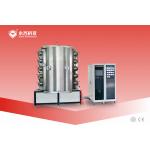
|
Ceramicware PVD Coating Machine , PVD Gold Plating Machine On Opal products |
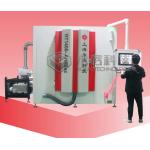
|
Antibacterial Coatings On Ceramic Tiles Ceramic Antibacterial Coating Machine PVD Antibacterial Coatings |
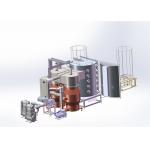
|
Ceramic Tiles PVD Gold Coating Machine, Antibacterial Coatings on Ceramic wall tiles |
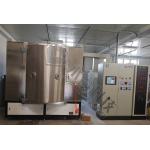
|
Porcelain And Ceramicware Gold And Silver Coatings |
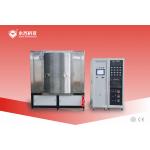
|
Ceramic PVD Ion Plating Machine TiN Gold And Ti Silver Ceramic Coatings |
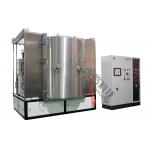
|
Glazed Ceramic PVD Coating Equipment Titanium Oxide Plating On Ceramic And Glasswares |

